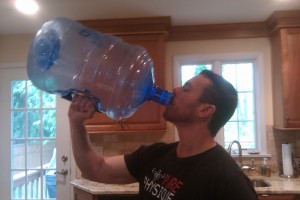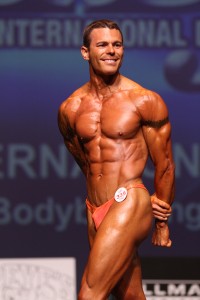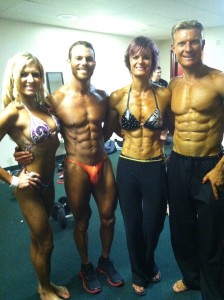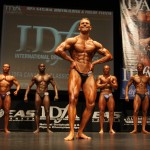You create your fitness plan, you stick to it for 3 months, and then you piss it all away in two weeks. That’s my story and I’m not ashamed of it. It’s a story that will deliver a massive dose of reality and teach you a lesson if you’re willing to sit here and read it for the next 4 minutes. As I sit here typing away on my laptop I have to laugh at how quickly I was able to reverse three months of hard work. Seriously, three months of tracking my food intake and gradually getting my body near competition form, GONE after just 2 weeks of indulgence.
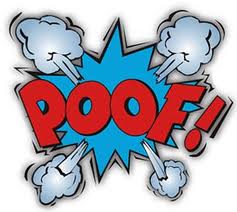 The two weeks were comprised of my wedding and honeymoon so by no means do I kick myself over all the eating and drinking I did. Heck, Corrie-Beth and I spent 7 of our 10 day honeymoon in Napa Valley and Sonoma so you better believe we were drank a lot of wine! And the meals were pretty damn good too.
The two weeks were comprised of my wedding and honeymoon so by no means do I kick myself over all the eating and drinking I did. Heck, Corrie-Beth and I spent 7 of our 10 day honeymoon in Napa Valley and Sonoma so you better believe we were drank a lot of wine! And the meals were pretty damn good too.
So what was the damage? A nine pound increase in body weight and all the definition in my abs and arms had disappeared. Granted at least 3 of the 9 lbs. is retained water which can be eliminated within a week by pushing my water intake up to around a gallon per day but unfortunately the rest of the weight (fat) will take a lot longer to get back off.
I can already hear some of you saying, “But you’re already in good shape it’s not that big of a deal”. To which I say, “It’s all relative”. I have certain expectations and standards which if not met or maintained have the same emotional impact as anyone else who looks at them self and is disgusted with how out of shape they’ve become.
I knew it would happen, I’ve been here before. In the early years of my bodybuilding career I would spend six months prepping for a show only to binge my way out of competition shape in less than a week. Over more recent years I’ve learned that if I (as well as most people) can keep from letting one day of binging or cheat meals turn into 2, 3, 4, 5 days or more then maintaining that ideal condition that I worked long and hard to achieve is easy and doesn’t require being on point all the time. But once you start rolling downhill it’s very difficult to stop and the unfortunate consequence is having to start all over.
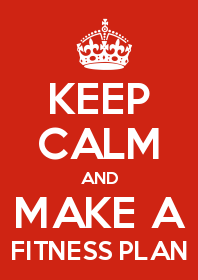 The idea of starting over can be a little demoralizing if you don’t have the proper mindset. As I said, I would never give up all the great breakfast, lunch, dinners, wine, beer, and spirits I indulged in over the two week wedding/honeymoon period. In fact I had planned for it. All the dieting I had done over those three prior months was in anticipation of all I would do and was a way of mitigating the damage. I knew from the very beginning that at some point I was going to have to “start over”. Since it is exactly what I expected it eliminates the pain of feeling like “I blew it”.
The idea of starting over can be a little demoralizing if you don’t have the proper mindset. As I said, I would never give up all the great breakfast, lunch, dinners, wine, beer, and spirits I indulged in over the two week wedding/honeymoon period. In fact I had planned for it. All the dieting I had done over those three prior months was in anticipation of all I would do and was a way of mitigating the damage. I knew from the very beginning that at some point I was going to have to “start over”. Since it is exactly what I expected it eliminates the pain of feeling like “I blew it”.
The situation—and the emotions that accompany it—is similar to saving thousands of dollars over the course of several months or a year for a vacation you’ve always wanted to go on. When the time comes to actually pay for the vacation the money suddenly disappears from your account, or the envelope of cash you’ve been saving it in. You knew it was going to happen, and you would never give up the vacation just to hang onto the cash, but you’re still left with that slight bit of sadness that all you saved is gone in an instant. It doesn’t make the vacation any less enjoyable it’s just an unavoidable feeling…just like putting weight back on that you worked hard to lose. But the great thing is, if you’ve done it once you can do it again and if you’re committed, the next time should be much easier since you already know what to expect.

